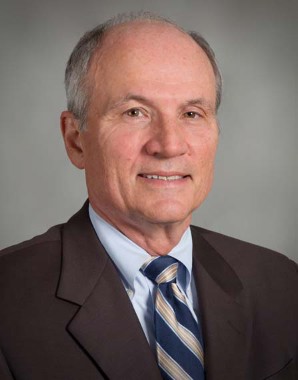Pharmacokinetic studies of MEDI4736 indicate a dose-dependent increase in target engagement, consistent with binding of the agent to PD-L1. Initial clinical data on eight patients demonstrated response at all different dose levels, ranging from 42% to 80%. "This involves small subsets of patients, so hopefully we’ll see more data on this agent in the next couple of years," Dr. Horn said.
The final anti-PD-L1 in clinical development is MSB0010718C from EMD Serono, but no data are available yet. A three-dose escalation study up to 10 mg/kg is underway. "Hopefully, we’ll see some data on this later this year," Dr. Horn said.
She concluded her remarks by noting that future directions in anti-PD-L1 therapy will involve determining its role in specific molecular cohorts and in patients with PD-L1–negative tumors; combination therapy with chemotherapy, other immune therapy, and targeted therapies; patients with prior radiation therapy to the chest; and patients with early-stage disease.
Dr. Horn disclosed that she is a speaker for Bristol-Myers Squibb, Theradex, and other companies.


